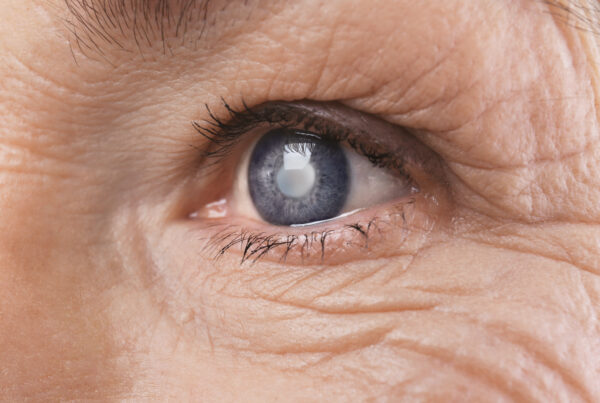
Glaucoma is a disease of the optic nerve. The optic nerve is the nerve that carries signals from your eye to your brain and is therefore very important for sight. Damage to the nerve will initially decrease a person’s peripheral vision, causing tunnel vision. If the optic nerve sustains continual damage, the vision loss can start to extend into the central part of the vision. If it reaches end stages, glaucoma is one of the few diseases that can cause complete darkening blindness, where someone is unable to even perceive light.
Glaucoma is linked to high eye pressures and so treatment involves lowering the pressure in your eye.
There are two main types of glaucoma, divided based on how they cause a person’s eye pressure to become high. One is when the drainage system of a person’s eye gets blocked by your iris, or the colored part of your eye. This is called Acute Angle Closure Glaucoma.
Blockage of your drainage system usually causes a rapid (acute) increase in a person’s pressure, with very high eye pressures. This can sometimes cause very concerning symptoms including blurry vision, haloes around lights, eye pain, headache, and even nausea or vomiting. This type of glaucoma can be treated with a laser procedure that is done in the office.
The second type of glaucoma is called Primary Open Angle Glaucoma. This is an eye disease of progression. In this type of glaucoma, there is no specific reason for the elevation in your eye pressure, and treatment usually starts with pressure-lowering eye drops. If eye drops are not enough to keep this type of glaucoma from progressing, sometimes laser treatments or surgeries may be considered. Risk factors for this type of glaucoma include age over 60, African American race, and positive family history.
While glaucoma can be a serious disease, early diagnosis can prevent many of the serious consequences of glaucoma. If you have any concerns, ask your doctor or make an appointment for our glaucoma treatment in Creve Coeur, MO, and Alton, IL.



